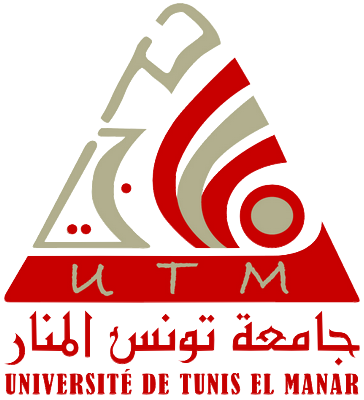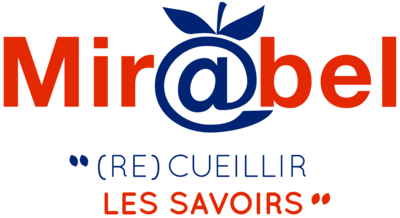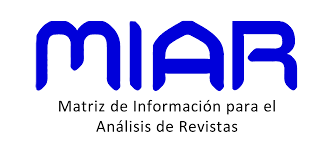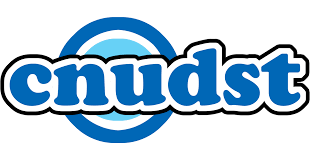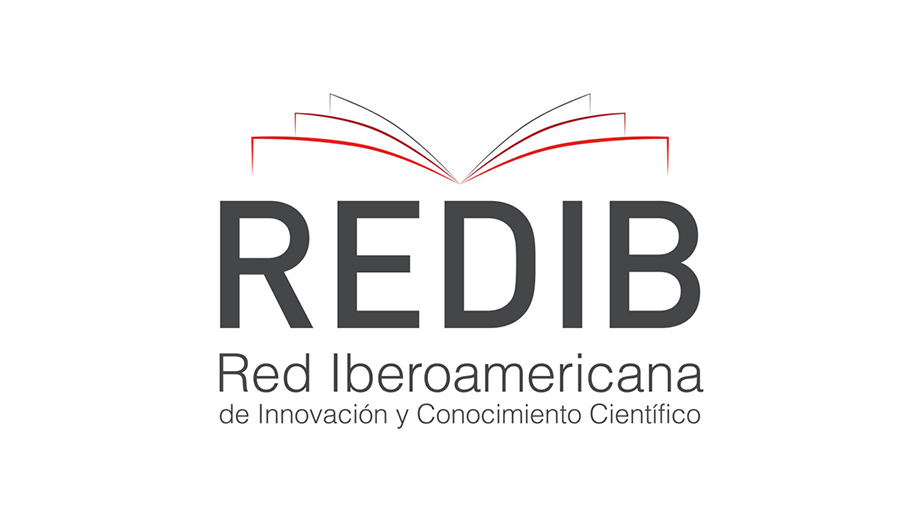The Silence of What Is Excluded from the Logos: the Other Side of Reality
DOI:
https://doi.org/10.71564/dh.vi4.37Keywords:
Mirror, Rupture, True, Silence, True SelfAbstract
From the classical times until the romantic period arts imitated the reality because there wasn’t an ontological argument which raised against this wiew. This was a mirror which reflected the reality of the world whitout ideologically questioning if this was the best posible wiew or not. During romanticisim, an esthetical rupture begins based on the idea that there is another face apart from what we set as true which is hidden in another world of imagination, poetry, dreams and the subjetive. Silence implies the search of a truth placed outside of the expressible, thinkable, liveable. This happens because the world has been built as a prision with iron bars of language and walls of thought which have not allowed the true self to rise free from those imposed duties.
Downloads
References
ABRAMS, M. H. (1971). The mirror and the lamp: Romantic Theory and the Critical Tradition. Nueva York: Oxford University Press.
BAUDELAIRE, C. (1964). Les fleurs du mal et autres poèmes. París: Flammarion.
BECK, U. (2006). La sociedad del riesgo: hacia una nueva modernidad, trad. de J. Navarro. Barcelona: Paidós.
CARNERO, G. (1979). Ensayo de una teoría de la visión: poesía 1966-1977, pról. de C. Bousoño. Madrid: Hiperión.
CURIEL, M. Á. (2008). Diario de la luz. Barcelona: DVD.
ESCOHOTADO, A. (1999). Caos y orden. Madrid: Espasa-Calpe.
ESCUÍN, I. (2007). Couleur. Zaragoza: Prensas Universitarias de Zaragoza.
GARCÍA TERESA, A. (2015). Disidentes. Antología de poetas críticos españoles (1990-2014). Madrid: La Oveja Roja.
HELD, D. (2005). Un pacto global, trad. de J. Cuéllar. Madrid: Taurus.
JUARROZ, R. (2000). Poesía y realidad. Valencia: Pre-textos.
LIPOVETSKY, G. (2010). La era del vacío, trad. de J. Vinyoli y M. Pendanx. Barcelona: Anagrama.
Downloads
Published
How to Cite
Issue
Section
License
Copyright (c) 2017 Jesús Soria Caro

This work is licensed under a Creative Commons Attribution-NonCommercial 4.0 International License.
Los autores que publican en esta revista están de acuerdo con los siguientes términos:
Los autores conservan los derechos de autor y garantizan a la revista el derecho de ser la primera publicación del trabajo al igual que licenciado bajo una Creative Commons Attribution License que permite a otros compartir el trabajo con un reconocimiento de la autoría del trabajo y la publicación inicial en esta revista, sin hacer uso del material con propósitos comerciales.
Los autores pueden establecer por separado acuerdos adicionales para la distribución no exclusiva de la versión de la obra publicada en la revista (por ejemplo, situarlo en un repositorio institucional o publicarlo en un libro), con un reconocimiento de su publicación inicial en esta revista.
Se permite y se anima a los autores a difundir sus trabajos electrónicamente (por ejemplo, en repositorios institucionales o en su propio sitio web) antes y durante el proceso de envío, ya que puede dar lugar a intercambios productivos, así como a una citación más temprana y mayor de los trabajos publicados.





